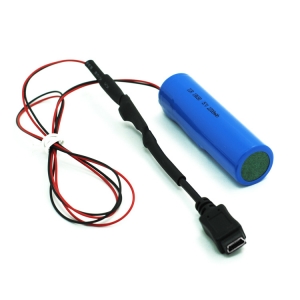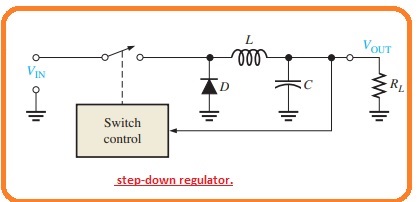Exploring Voltage Regulation in 5V Batteries
In the realm of powering electronic devices, voltage regulation stands as a crucial aspect, especially when it comes to the ubiquitous 5V batteries. From portable gadgets to intricate systems, the ability to maintain a stable voltage is paramount.
What is Voltage Regulation?
Voltage regulation is the process of maintaining a stable output voltage regardless of fluctuations in input voltage or changes in load conditions.
Significance of Voltage Regulation in 5V Battery
In the context of 5V batteries, voltage regulation ensures that the output voltage remains close to 5 volts, crucial for the smooth operation of electronic devices. Stable power output is essential for ensuring device performance and functionality. Voltage regulation also protects devices from voltage fluctuations, prolongs battery life, and enhances energy efficiency. By using voltage regulators, battery voltage can be converted to a stable voltage required by the device, safeguarding it from high or low voltage impacts. This regulation also aids in improving overall energy utilization, adapting to different load demands, and ensuring devices operate at a stable voltage under varying working conditions.
Common Voltage Regulation Techniques
Linear Regulator: Linear regulators stabilize output voltage by consuming excess voltage. They are simple, cost-effective, and stable but less efficient, especially when input voltage exceeds output voltage. Efficiency typically ranges between 60% to 80%.
Switching Regulator: Switching regulators adjust input voltage to obtain a stable output voltage using switch principles. They offer higher efficiency by minimizing energy loss but are complex and expensive.
Boost/Buck Converter: Boost converters increase input voltage to the desired output voltage, while buck converters decrease it. They offer stable output under different conditions and efficiency depends on load, input, and output voltage conditions.
For voltage regulation in 5V batteries, a common method is using a buck converter to lower higher battery voltage to 5V. Buck converters adjust input voltage by controlling switch conduction time, ensuring stable output voltage regardless of battery voltage changes.
Switched-mode Power Supply: Switched-mode power supplies adjust output voltage by controlling switch conduction time. They are efficient and flexible, widely used in various applications.
In summary, choosing a voltage regulation technique depends on specific application requirements and budget considerations. Higher efficiency techniques generally offer better performance and energy utilization but may entail higher costs and design complexities. As technology evolves and industries embrace new paradigms, the role of voltage regulation in 5V batteries will continue to evolve.
For more insights into cutting-edge batterysolutions, visit Himax.








